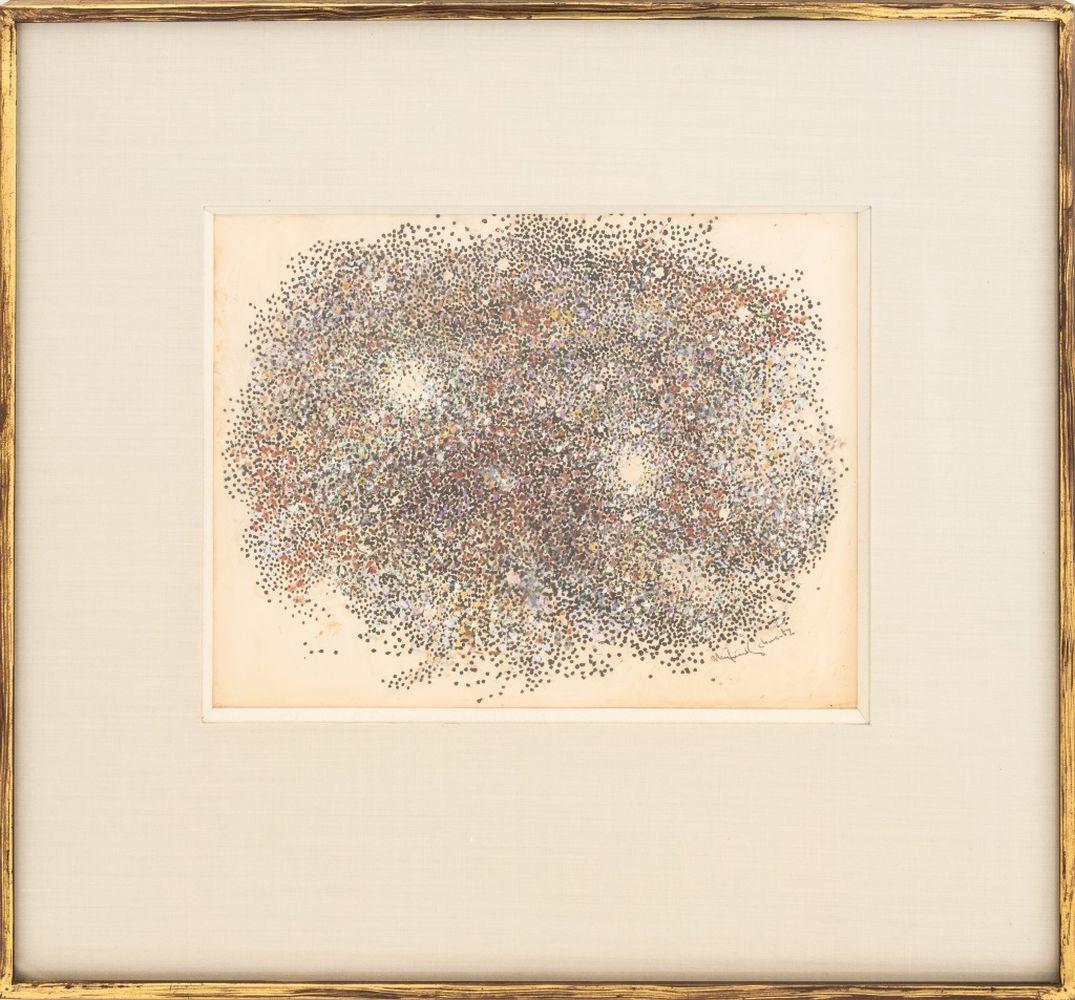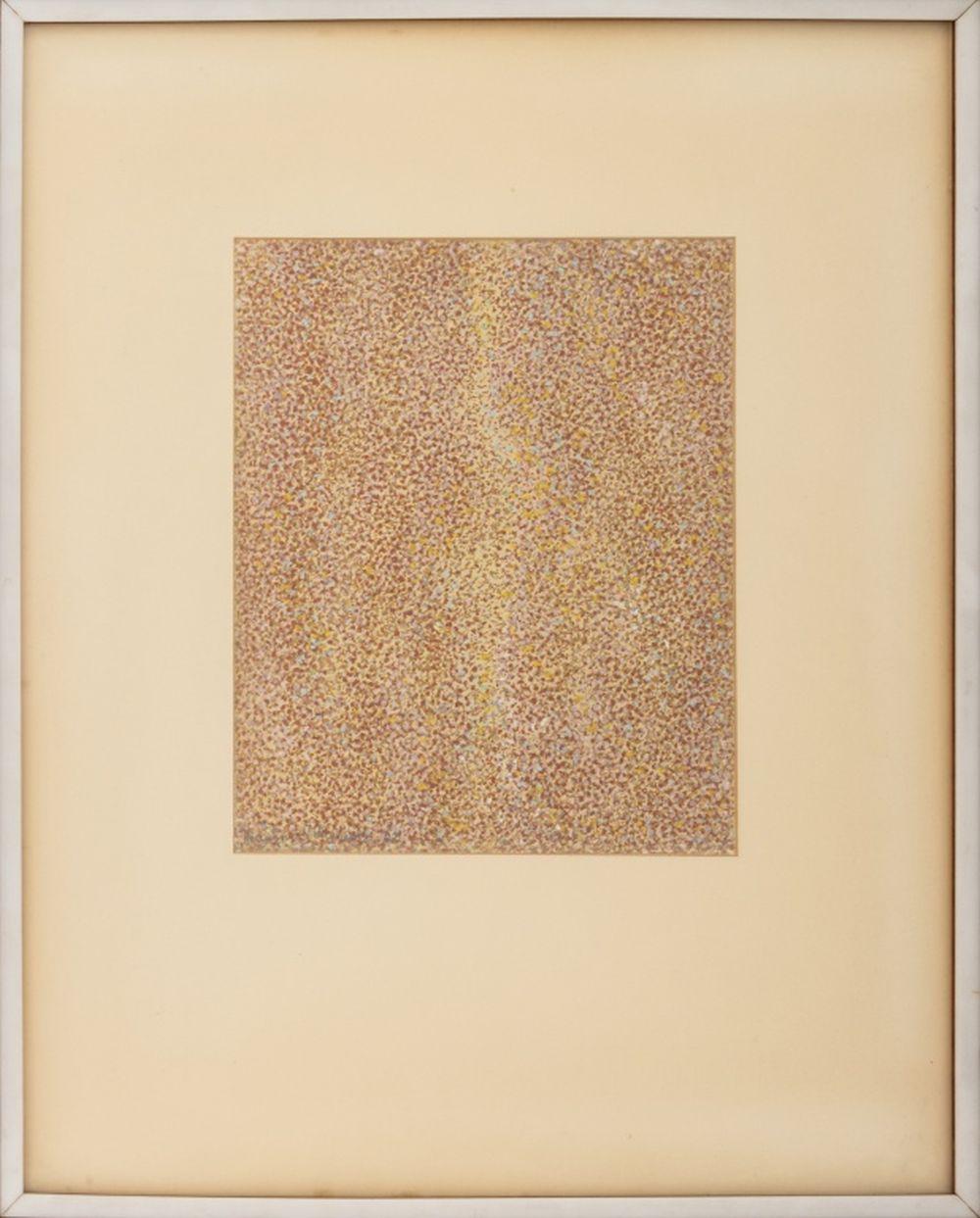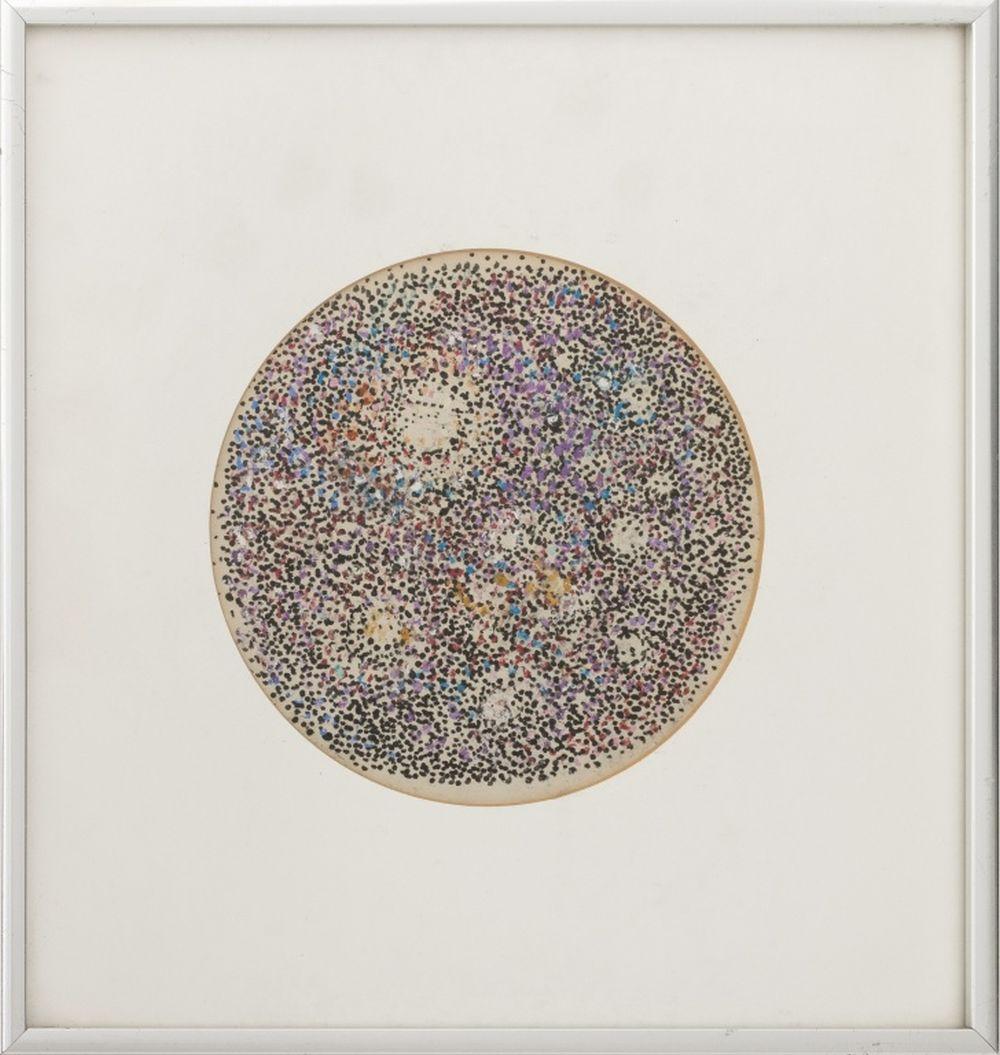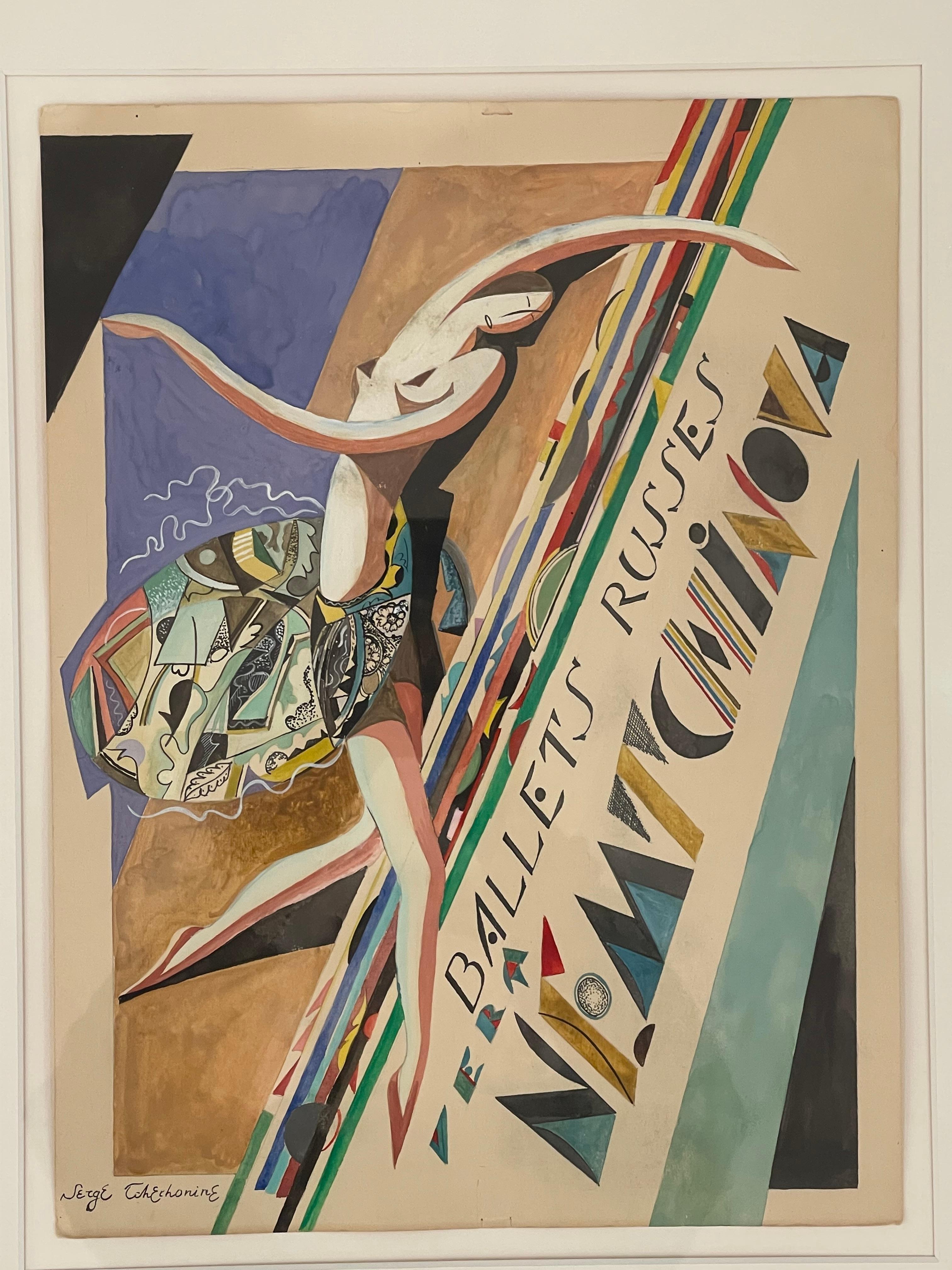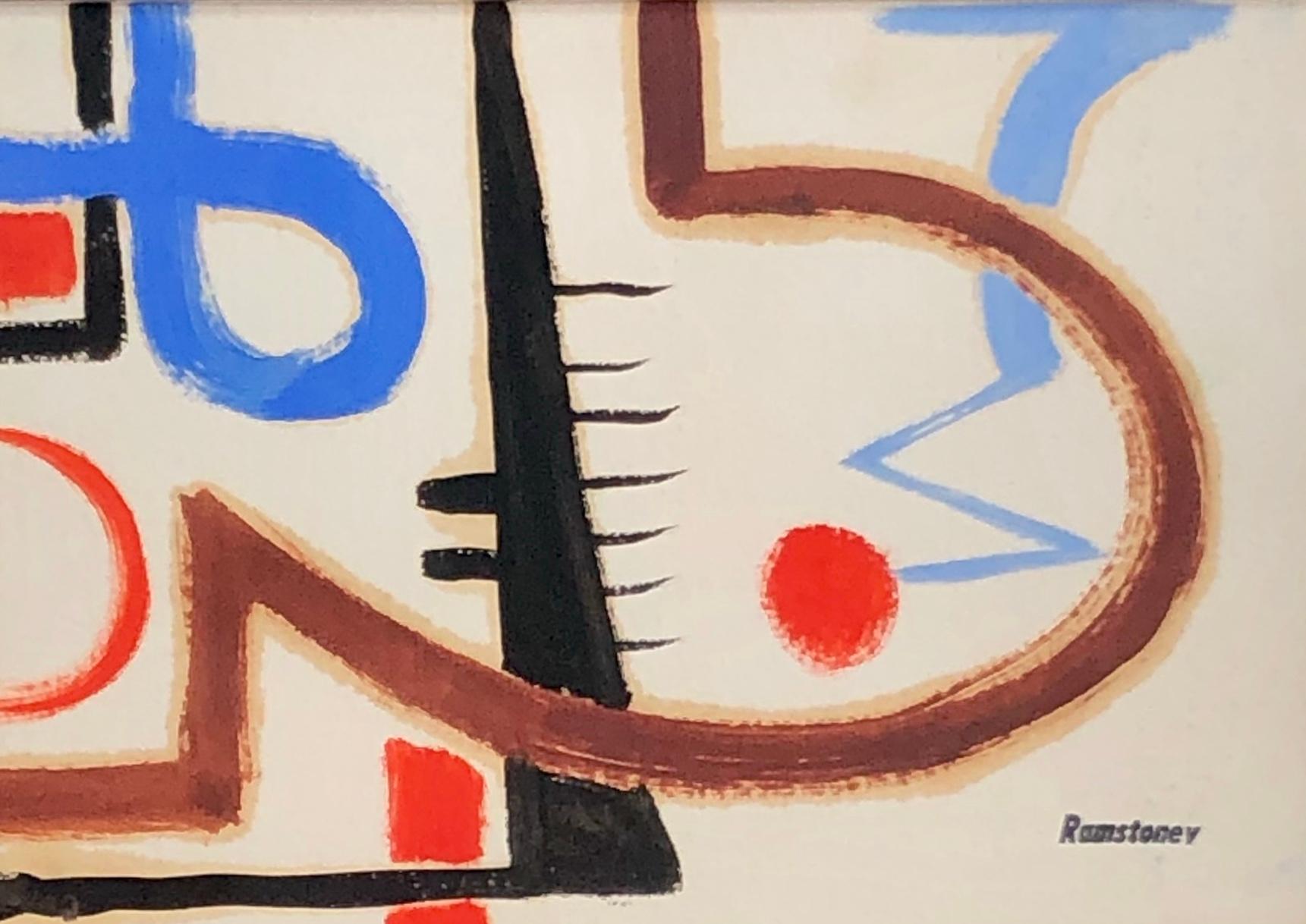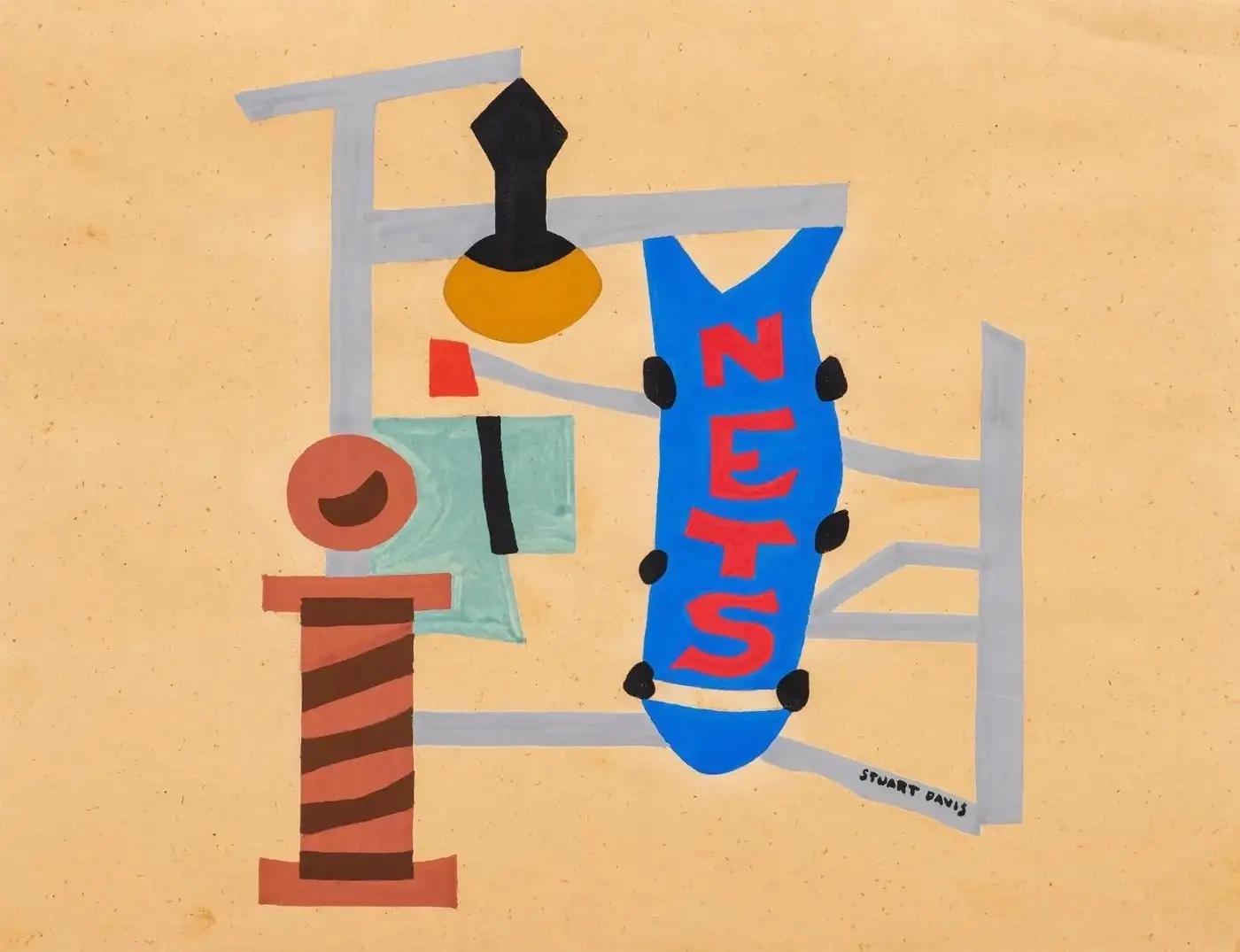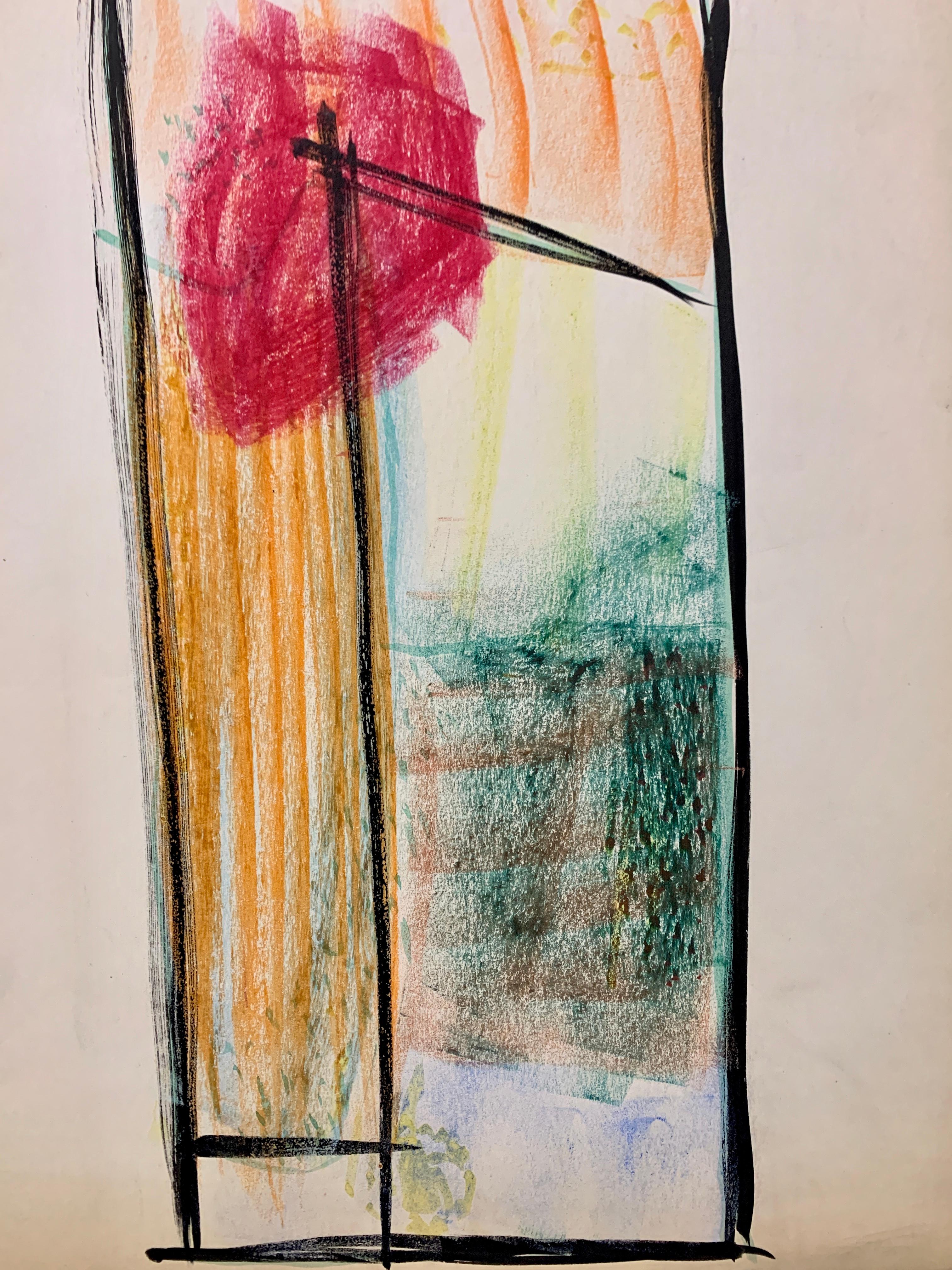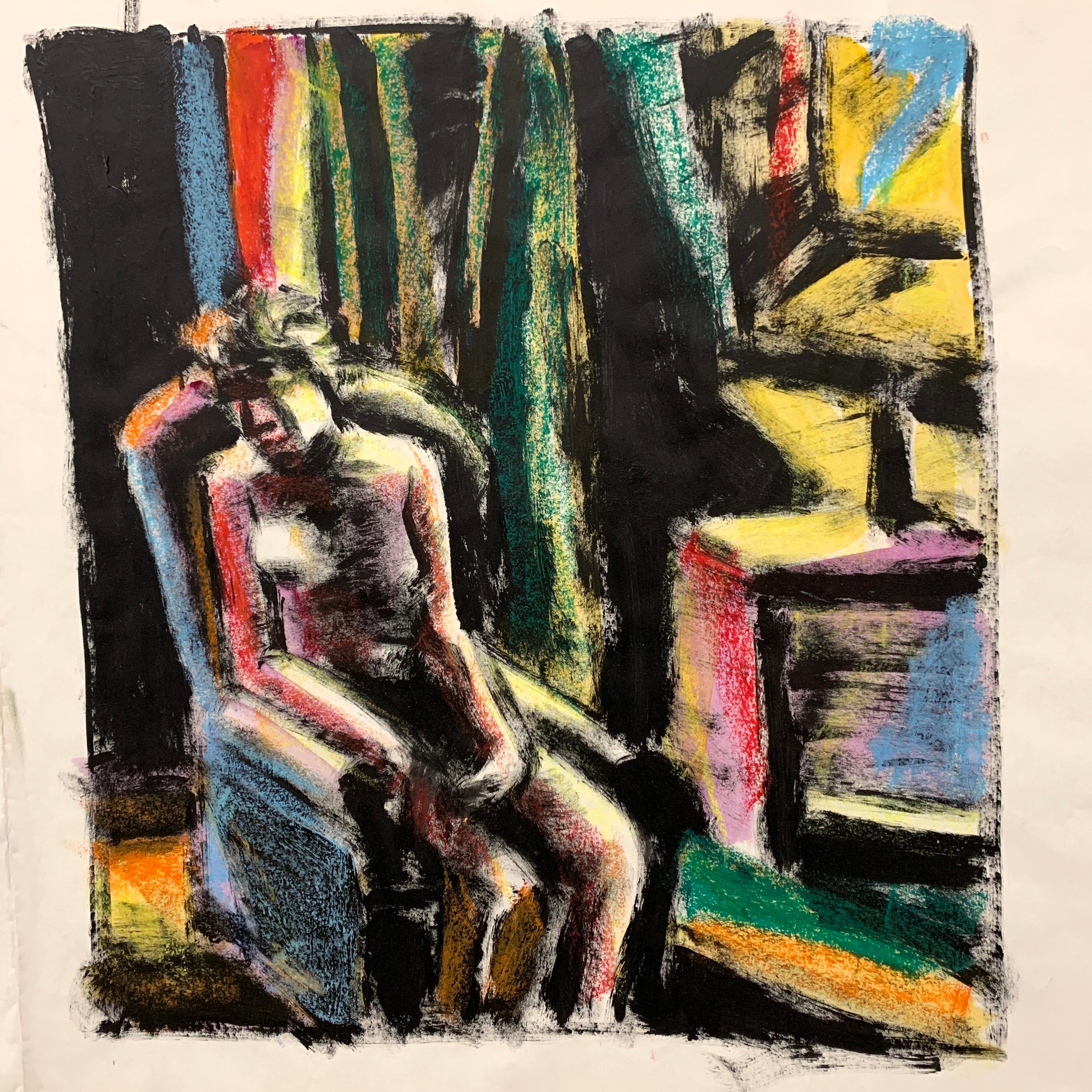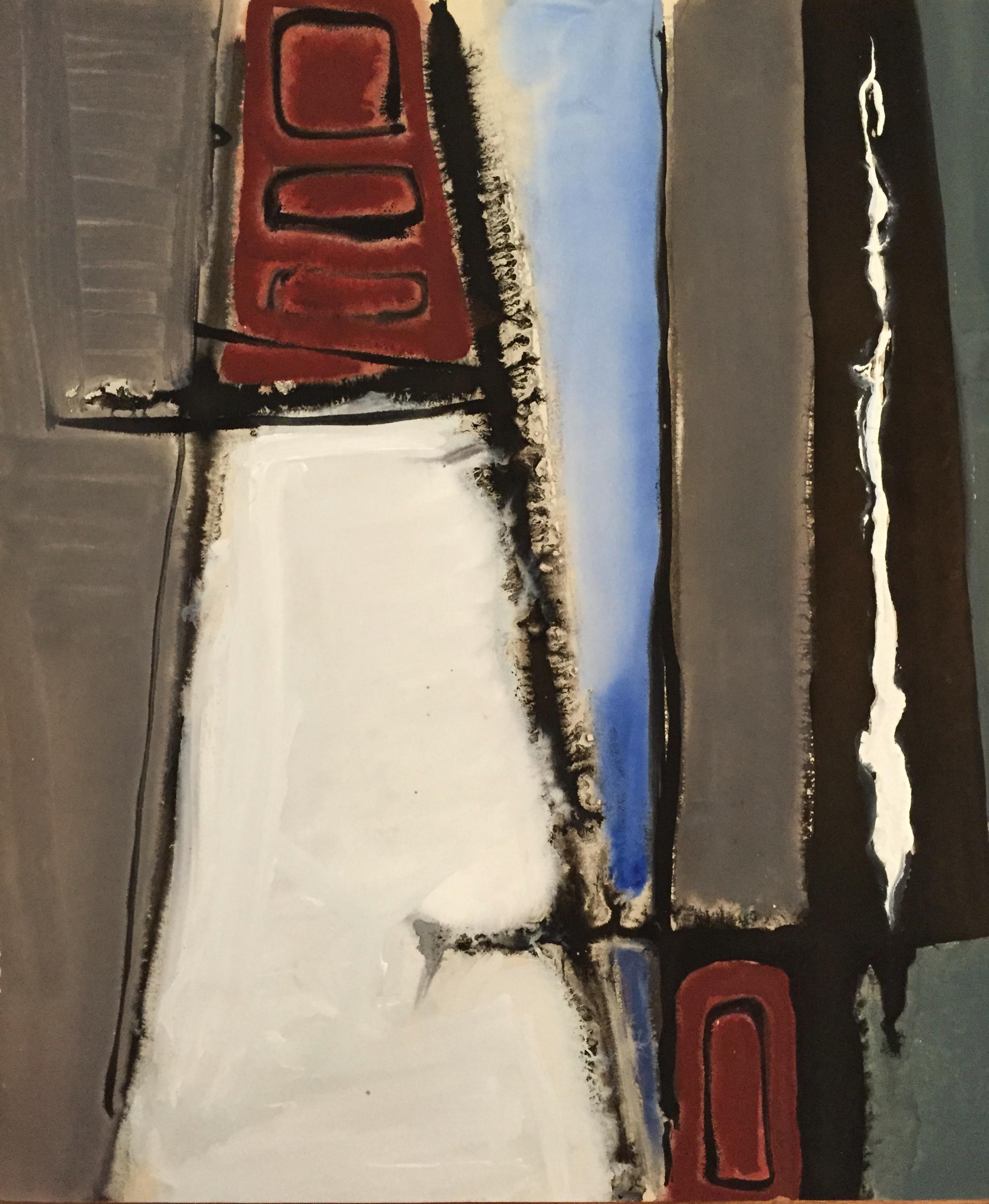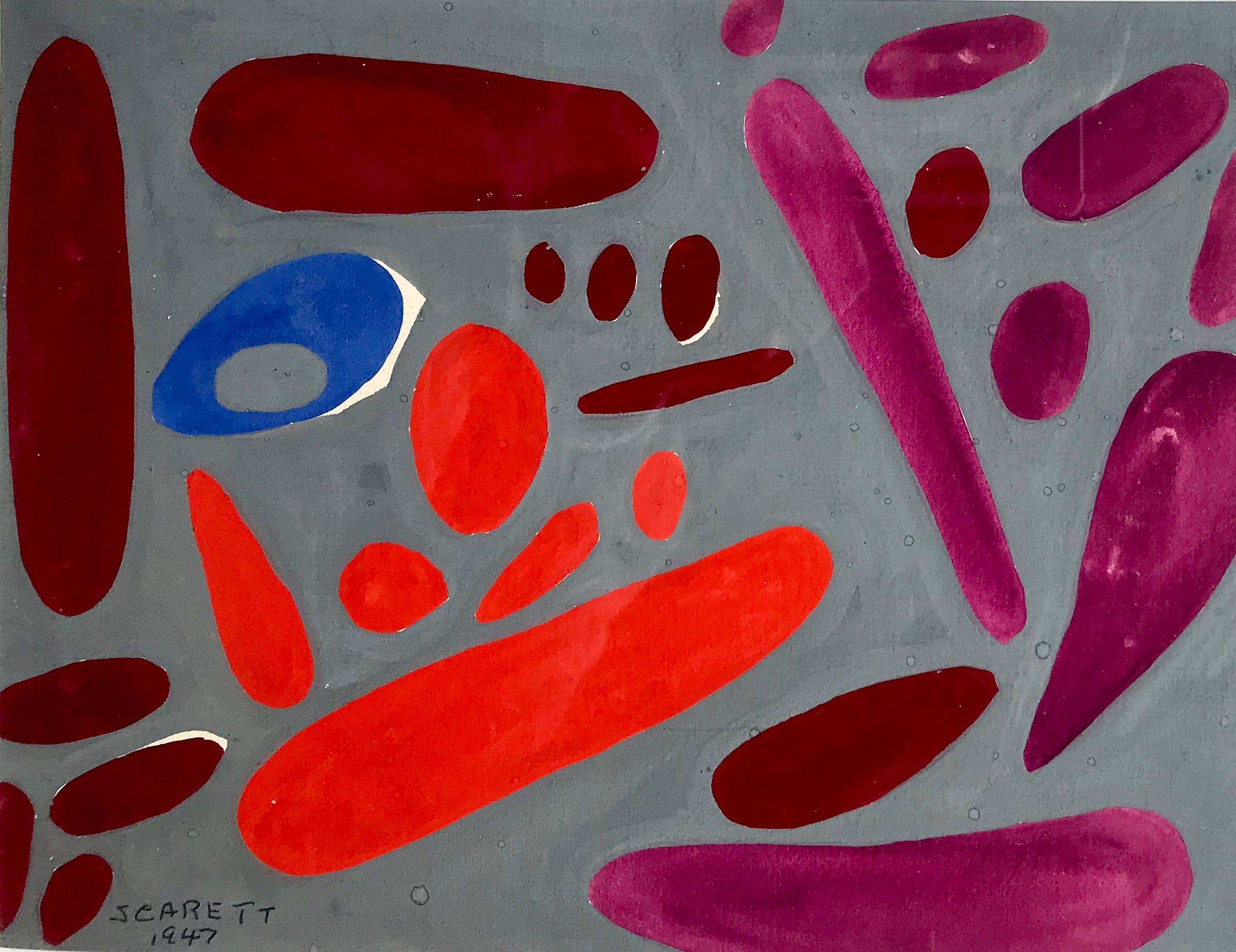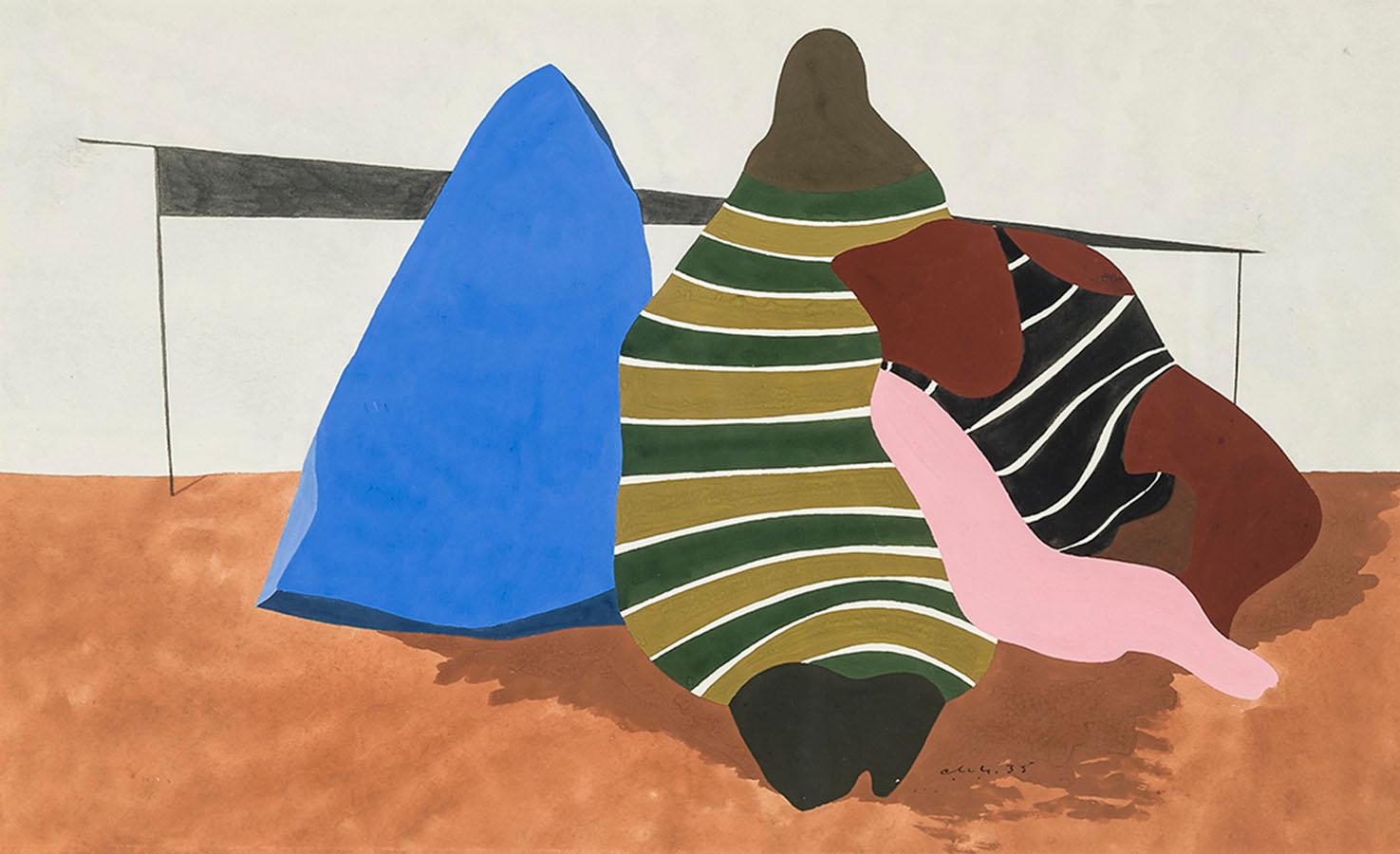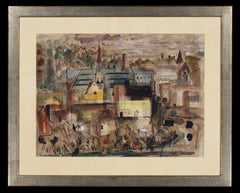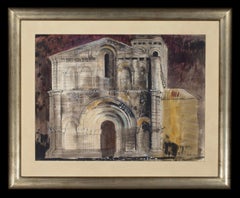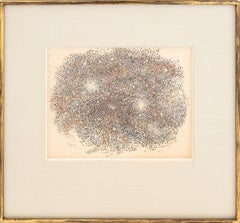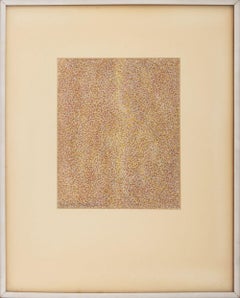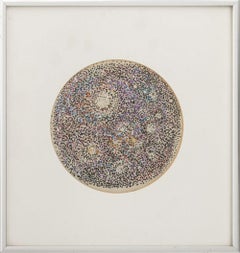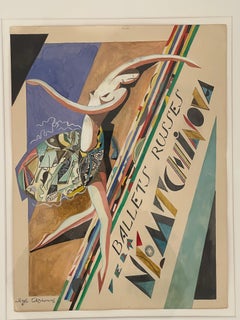
Peter Lanyon, Winter Landscape, Anticoli Corrado, Watercolor, Gouache, 1953
View Similar Items
Want more images or videos?
Request additional images or videos from the seller
1 of 11
Peter LanyonPeter Lanyon, Winter Landscape, Anticoli Corrado, Watercolor, Gouache, 19531953
1953
$41,961.15List Price
About the Item
- Creator:Peter Lanyon (1918 - 1964)
- Creation Year:1953
- Dimensions:Height: 12.6 in (32 cm)Width: 14.18 in (36 cm)Depth: 0.79 in (2 cm)
- Medium:
- Movement & Style:
- Period:
- Condition:
- Gallery Location:Eversholt, GB
- Reference Number:1stDibs: LU146628105992
About the Seller
No Reviews Yet
Vetted Professional Seller
Every seller passes strict standards for authenticity and reliability
1stDibs seller since 2021
Typical response time: 8 hours
Authenticity Guarantee
In the unlikely event there’s an issue with an item’s authenticity, contact us within 1 year for a full refund. DetailsMoney-Back Guarantee
If your item is not as described, is damaged in transit, or does not arrive, contact us within 7 days for a full refund. Details24-Hour Cancellation
You have a 24-hour grace period in which to reconsider your purchase, with no questions asked.Vetted Professional Sellers
Our world-class sellers must adhere to strict standards for service and quality, maintaining the integrity of our listings.Price-Match Guarantee
If you find that a seller listed the same item for a lower price elsewhere, we’ll match it.Trusted Global Delivery
Our best-in-class carrier network provides specialized shipping options worldwide, including custom delivery.More From This Seller
View AllCoalport Shropshire, 1957
By John Piper CH
Located in Eversholt, Bedfordshire
JOHN PIPER (1903-1992)
COALPORT SHROPSHIRE, 1957
Signed lower right
57x78cm
PROVENANCE :
Private Collection
Paisnel Gallery
Private Collection
Comprehensive cataloguing available on ...
Category
1950s Abstract Landscape Paintings
Materials
Watercolor, Gouache
Price Upon Request
Jazennes 1967
By John Piper CH
Located in Eversholt, Bedfordshire
JOHN PIPER (1903-1992)
JAZENNES, 1967
Watercolour, pen, ink & gouache on paper
56x75cm
Signed & titled and dated lower right
From the mid 1950s, Piper travelled frequently in France...
Category
1960s Abstract Landscape Paintings
Materials
Watercolor, Gouache
Price Upon Request
Watercolour Estuary Landscape Victorian
Located in Eversholt, Bedfordshire
just purchased more information to follow
Cypher lower right
Within a grey mount, 14cm high, 28cm long
The gilded cavetto moulded frame 28 cm high, 41 cm long, 3.5cm deep
Category
1850s Victorian Landscape Drawings and Watercolors
Materials
Watercolor
Marc Chagall Still Life with Fruits 1957 Original Lithograph Mourlot 205
By Marc Chagall
Located in Eversholt, Bedfordshire
Surrealist composition with a dog, figure, cockerel floating above the still life
In a cream mount, visible sheet length 19.50cm, height 22.50cm
Within a black and silvered moulded ...
Category
1950s Modern Animal Prints
Materials
Lithograph
Norman Stuart Clarke Vase Wave Seascape Blue Purple White, 1997
Located in Eversholt, Bedfordshire
Norman Stuart Clarke (b.1944): Seascape, wave vase, 1997
"I use bold, powerful colors; it's a consuming interest of mine, an obsession, placing ...
Category
1990s Modern More Art
Materials
Glass
Alan Wallwork Vessel Vase Pottery Sculpture TOTEM White Brown Terracotta
Located in Eversholt, Bedfordshire
Alan Wallwork (1931-2019): Organic landscape sculptural vessel, 1960-1965
-Exhibiting the articulated, inventive, organic qualities & tactility of Wallwork’s early oeuvre for which he is best known - This sculptural landscape vessel has been handmade by coiling, slabbing and shaping the clay. The totemic form and pitted and pierced surfaces draw on the abstract landscape and tactility of elements in nature. matte glazes and oxides have been skillfully used to enhance the rich textures of the surfaces and the organic aesthetic.
- Wallwork is one of the great individualists in British pottery, developing an archetypal language that echoed some of the wider artistic obsessions of that period, what the art critic Herbert Read called the “postwar ferment” of sculptural activity.
- This piece was made during 1960-1965, the time that Wallwork was sharing a studio in Greenwich with Bernard Rooke and comes from a private collection along with a waterscape vase by Rooke and a bottle by Robert Fournier...
Category
1960s Modern More Art
Materials
Ceramic
You May Also Like
Abstract Pointillism Composition
By Manfred Schwartz
Located in Astoria, NY
Manfred Schwartz (American, b. Poland, 1909-1970), Abstract Pointillism Composition, Mixed Media on Paper, signed lower right, M. Knoedler & Co. Inc. label to the reverse, brass fram...
Category
Mid-20th Century Modern Abstract Drawings and Watercolors
Materials
Paper, Watercolor, Gouache, Permanent Marker
Rivulet Pointillist Composition
By Manfred Schwartz
Located in Astoria, NY
Manfred Schwartz (American, b. Poland, 1909-1970), Rivulet Pointillist Composition, Gouache on Paper, 1962, signed and dated lower left, wood frame. Image: 10.25" H x 8.5" W; frame: ...
Category
1960s Modern Abstract Drawings and Watercolors
Materials
Paper, Gouache
Celestial Tondo Pointillist Composition
By Manfred Schwartz
Located in Astoria, NY
Manfred Schwartz (American, b. Poland, 1909-1970), Celestial Tondo, Pointillist Composition, Gouache on Paper, apparently unsigned, artist estate stamp to verso, with red dot sticker...
Category
1950s Modern Abstract Paintings
Materials
Paper, Gouache
Sergey CHEKHONIN (1878 – 1936), theater poster project
Located in Paris, FR
Serge Tchekhonine was a Russian artist who studied applied drawing, ceramics, and pottery in St. Petersburg. He settled in France in 1928, gaining attention for his finely crafted ce...
Category
1930s Modern Abstract Drawings and Watercolors
Materials
Paper, Ink, Watercolor, Gouache
MODERNIST DRAWING New Hope Mid-Century WPA Abstract Non-Objective Jazz Modern
By Ramstonev (Ramsey/Stone/Evans co-operative)
Located in New York, NY
MODERNIST DRAWING New Hope Mid-Century WPA Abstract Non-Objective Jazz Modern. Signed with a "Ramstonev" stamp lower right.
RAMSTONEV Cooperative Art Project (1937-1939). In the late 1930s, Charles Ramsey became close friends with Charles Evans and Louis Stone. He persuaded them to join him teaching his New Hope summer classes in non-objective painting. Soon, a history-making collaboration began. In 1937, meeting in Evans' studio at the rear of Cryer's Hardware store on Main Street in New Hope, a decision was made to establish the Co-Operative Painting Project. They were intrigued by the cooperative ad-lib process by which jazz musicians created their music. Believing this to be the quintessential American contribution to music, they theorized that a similar result might be obtainable with art, a "visual jam session." This particlarly fascinated Ramsey, who was a jazz buff and had a large collection of jazz records.
The objective was to jointly collaborate in the creation of a painting as well as applying collective criticism during its creation. By creating forward movement by general consent, they believed they could produce a higher level of beauty. By consensus it was decided that subject matter would be non-objective. Up to eight people would participate and stop when the painting "felt" finished by common agreement.
These co-operative works were done in several different mediums- the majority in pastel, but some in watercolor, gouache, graphite or cut paper collage. On occasion, the group would create a series, as opposed to a single work, created in steps by three or four artists. One of the occasional participants was famed New Hope poet, Stanley Kunitz. These series could range in number from four to sixteen paintings in each. The first of a series would be very basic and the last a fully finished work.
In the scope of importance among the New Hope Modernist...
Category
1930s American Modern Abstract Drawings and Watercolors
Materials
Paper, Watercolor, Gouache
Abstract Work on Paper Mid-Century Modernism Greek American Gouache Drawing
By Jean Xceron
Located in New York, NY
Abstract Work on Paper Mid-Century Modernism Greek American Gouache Drawing.
A modernist artist who emigrated to America from Greece in 1904, when he was fourteen years old, Jean Xceron is described as having a reputation as an artist that has mysteriously fallen into obscurity---especially since he was reportedly quite prominent during his lifetime. However, a partial explanation of that omission is the fact that many of his papers and early records have been lost. He was a painter of biomorphic abstractions and did collages, which were influenced by Dadaism.
Xceron was active in New York City when modernism was gaining influence. Of him during this period, it was written that his artistic role was "a vital link between what is commonly termed as the first-generation (the Stieglitz group, the Synchromists, etc.) and second-generation, the American Abstract Artists, the Transcendental Painting...
Category
1940s American Modern Abstract Drawings and Watercolors
Materials
Paper, Gouache
